
The 411 on PMS Causes, Symptoms, and Natural Remedies
We’ve got hot tips to keep you cool-headed and cramp-free while your body sorts itself out.
Read More

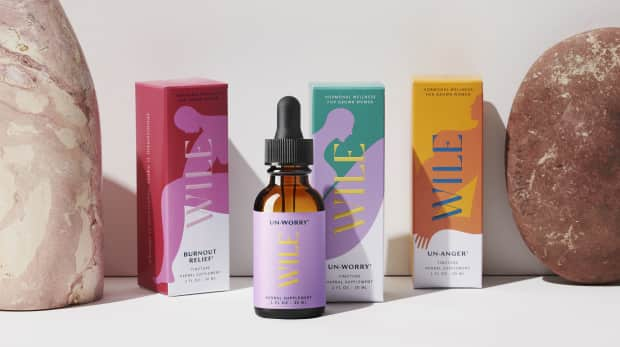
Last Updated: August 26, 2022
This wellness-savvy trio shares how their desire to provide older women with empowering information, solutions, and a sense of community inspired them to develop and launch their go-to line of support.
Around the time women hit their fourth decade, they seem to “age out” of our cultural conversation, becoming less visible in everything from pop culture to the medical marketplace.
A recent survey helmed by the North American Menopause Society (NAMS) found that just 20 percent of US-based ob-gyn residency programs offer medical menopause training, and most of those courses are electives. This ongoing, pervasive ignorance around “mid-life” for women means that an estimated 30-plus million U.S. women are on their own when it comes to a variety of hormonal, physical, and emotional needs.
The founders of Wile are here to change that. As co-founder and CEO Gwen Floyd says, Wile is dedicated to providing effective solutions, real information, and community around perimenopause and emotional wellness – all part of “a critical health and gender justice issue.”
Wile combines rigorously developed plant medicine with clinical studies to address pre- , post- , and in-the-thick-of-it menopause symptoms as well as everyday mood and health states that allow women to rebalance.
“I fundamentally believe that grown women are the key to our planet's — and species’ — survival,” says Gwen Floyd. “We should be celebrating the hard-earned wisdom and capacity of this demographic, not ignoring or erasing it.”
When Wile co-founder and CEO Gwen Floyd was a child, she watched as her mother went through an early and extremely intense menopause, witnessing as her mother faced very little medical or societal support for a number of physical, emotional, and mental challenges.
When Gwen grew up and began looking for menopausal information with which to empower herself, she quickly discovered how difficult that was. “Wile is my life's work. I am determined to be the last woman in my family whose early onset perimenopause is met with misinformation, a dearth of solutions, and stigmatization by medicine, the wellness industry, and culture at large.”
Gwen had always wanted to use her background in consumer products to bring effective solutions to women in perimenopause. She asked her good friend from high school (and fellow serial social entrepreneur) Corey Scholibo to help build something never before seen in the market: a go-to brand for women over 40 in this phase of life.
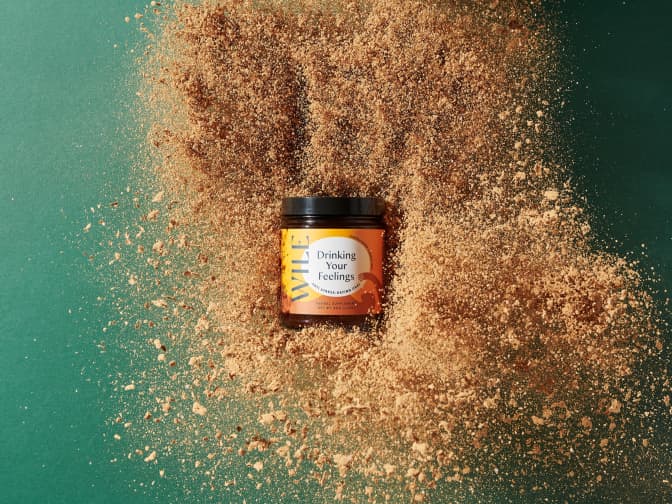
“When I realized that this is about 50 percent of the population for 50 percent of their lives, I knew that this was my next mission-based business,” says Scholibo, the company’s co-founder and COO.
Scholibo had worked for years with Julie Kucinski, an expert in branding and marketing in products for women. “The smartest women I knew were all talking about this at once,” says Scholibo, “and so I connected them all and WILE was born.”
Grove Tip
Though we often use the term “menopause” as a catch-all phrase to indicate the winding down of reproductive years, menopause is actually one 24 hour period 365 days after your last period, as confirmed by the CDC. When someone has experienced the end of their menstrual cycles for at least one year, they can be said to be “post-menopausal.”
Before menopause, there is “perimenopause,” which can start anywhere from 8–10 years prior to menopause. “Postmenopause” is the stage after menopause.
Perimenopause is caused by the ovaries gradually producing less estrogen. Though it most often starts in your 40s, it can start earlier. Most women still have menstrual cycles during perimenopause, and you may still be able to get pregnant.
Perimenopause symptoms may include hot flashes, breast tenderness, vaginal dryness, worsening PMS symptoms, mood swings, palpitations, facial hair, temporary memory lapses, thinning hair, libido changes, headaches, insomnia, weight gain, an increased sense of urgency to urinate, and irregular periods that are heavier or lighter than usual.
Post-menopausal symptoms may include all or some of the perimenopausal symptoms as well as no period for one year. There are also some lesser known symptoms of menopause, including body odor, dry mouth, and increased dental issues.
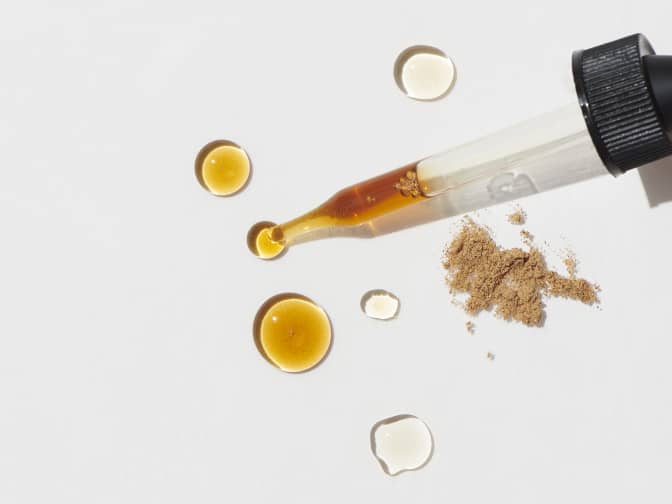
Co-founders Floyd, Scholibo, and Kucinski started Wile in partnership with endocrinologists and naturopaths. “There needed to be a brand that deals with women for the complex, awesome, amazing people we are,” Kucinski says.
After age 40, not only does estrogen begin to fluctuate dramatically, but women have lessening levels of progesterone. Less progesterone together with more stress is why so many women experience symptoms that are attributed to aging, to perimenopause, and to anxiety. That’s why Wile targets stress hormones in addition to estrogen and progesterone.
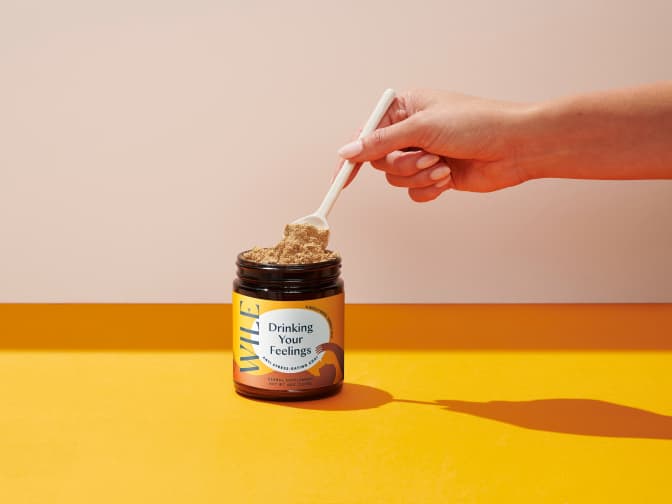
“We’re calling stress the other female hormone. There are expectations for women generally, but absolutely women in midlife are balancing more than in any other life stage,” says Kucinski. “And that has to be addressed. No one talks about how women process stress differently than men, not just emotionally, but physically.”
Wile’s support starts with a general supplement as a great foundational baseline. Beyond that, there are additional products that each woman can add to her regimen, depending on her individual needs. “Every woman’s journey is unique,” says Kucinski, “and her needs are unique, too.”
Real plant ingredients means more bioavailability, so they’re gentler on your digestive system. Nutritive herbs include easily assimilated nutrients such as protein, vitamins, and minerals.
Though anything with “ estrogen ” in the name can cause a knee-jerk response, phytoestrogens are plant compounds that act like estrogen, but work more gently than your own estrogen or synthetic estrogrens to help you rebalance.
Adaptogens are safe, nontoxic, non-habit-forming herbs that gently help restore overall balance. Best-known adaptogens include holy basil and American ginseng.
Nervines are herbs that nourish and support your central nervous system to help combat anxiety, irritability, and depression. You’ve likely already encountered a few of the better-known nervines, like valerian and chamomile.
That’s why they designed these holistic formulas to be safely layered and personalized, depending on what each woman needs, with formulas that work together so that women can get what they need in concentrations that deliver real benefits.
The formulations are also layerable; women in early perimenopause can start with the Hormonal Wellness Formula. As their journey progresses — say they experience hot flashes — they can add on the Hot Flash Formula for maximum relief, etc.
“Hormones are power,” says Kucinski. “We can work with them and feel and live better. We don’t have to just grin and bear it, which is what we’ve all been told to do. There are solutions, and this period of your life and after can be easier. You can have better health outcomes using the power of plants.”
Grove Tip
A hot flash is a sudden sense of warmth or heat, often most intensely experienced at your face, neck, and chest, triggered by internal hormonal changes, often accompanied by areas of flushed skin and profuse sweating.
Hot flashes sometimes also include other symptoms, like palpitations, anxiety, mood changes (ranging from PMS-like swings to sudden bouts of rage), and chills. Night sweats are, like they sound, hot flashes at night, which may wake you soaked in sweat.
Hot flashes are the most common symptom reported by women in the midst of a menopausal transition. Some women never experience hot flashes, while others may have them on and off for a number of years.

We’ve got hot tips to keep you cool-headed and cramp-free while your body sorts itself out.

Have a read from the experts at Grove on how to use natural lubricants!
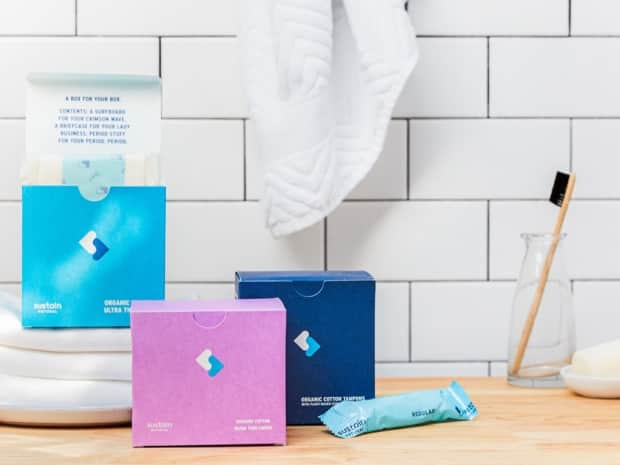
We've pulled the top 12 period pad products as determined by Grove members.

Discover the top 13 natural bar soaps as determined by Grove members.